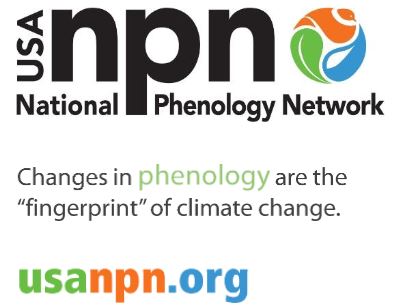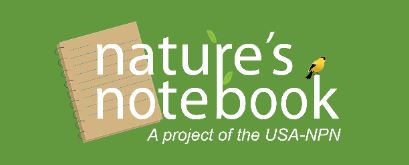An Overview of Earth Science Week

Focus Days
Earth Science Week is happy to announce special days focusing on specific themes during the week-long celebration, October 11 – 17, 2020.
Sunday, October 11
International Earthcache Day. Explore the world with this GPS scavenger hunt!
Monday, October 12
Minerals Day. Join us in raising awareness of and appreciation for minerals and mineralogy!
Tuesday, October 13
Earth Observation Day. Engage students and teachers in remote sensing as an exciting and powerful educational tool.
No Child Left Inside Day. NCLI Day encourages students to go outside and research Earth science in the field like a professional geoscientist.
Wednesday, October 14
National Fossil Day. The annually held National Fossil Day celebration is dedicated to promoting the understanding and appreciation of fossils.
Thursday, October 15
Geoscience for Everyone Day. Do your part to help young people from underrepresented communities explore exciting careers in the geosciences.
Friday, October 16
Geologic Map Day. Hosted by the U.S. Geological Survey, Association of American State Geologists, National Park Service, Geological Society of America, and the National Aeronautics and Space Administration in partnership with AGI, this special event promotes awareness of the study, uses, importance of geologic mapping for education, science, business, and a variety of public policy concerns.
Saturday, October 17
International Archaeology Day. Hosted by the Archaeological Institute of America, this special event is a celebration of archaeology and the thrill of discovery.
Webinars
- “Advances in the Mineralogy of Mars,” Dr. Elizabeth Rampe, Johnson Space Center. (Recorded to premiere at 10 a.m. EDT, Monday, October 12, 2020)
- “The Future of Data-Driven Discovery in Mineralogy and Crystallography,” Dr. Shaunna Morrison, Carnegie Institution of Science. (Live at 2 p.m. EDT, Monday, October 12, 2020)
- “Resources Beyond Earth: Enabling Future Exploration and the New Space Economy,” Dr. Angel Abbud Madrid, Center for Space Resources, Colorado School of Mines. (On Demand with a live Q&A at 12 p.m. EDT, Tuesday, October 13, 2020)
- “Gemology: Time Capsules Connecting Us Through History,” Dr. Aaron Palke, Gemological Institute of America. (Recorded to premiere at 3 p.m. EDT, Tuesday, October 13, 2020)
- “The Need and Solutions for Robots in Responsible Raw Material Exploration and Mining,” Dr. Norbert Zajzon, University of Miskolc. (On Demand with a live Q&A at 12 p.m. EDT, Wednesday, October 14, 2020)
- “New Insights Into Wire Silver and Gold Formation,” Dr. John Rakovan, Miami University. (Recorded to premiere at 3 p.m. EDT, Wednesday, October 14, 2020)
- “Consumers: The Most Potent Army Against Conflict Minerals,” Vitor Correia, International Raw Materials Observatory. (On Demand with a live Q&A at 12pm EDT, Friday, October 16, 2020)
- “May the Quartz Be With You,” Shannon Mahan, U.S. Geological Survey. With an introduction by Sarah J. Ryker, USGS Associate Director for Energy & Minerals. (On Demand)
- “The Global Supply of Critical Minerals: Assessing and Tracking Critical Mineral Commodities,” Nedal Nassar, U.S. Geological Survey. (On Demand)
For more information, visit https://www.earthsciweek.org/webinars.


